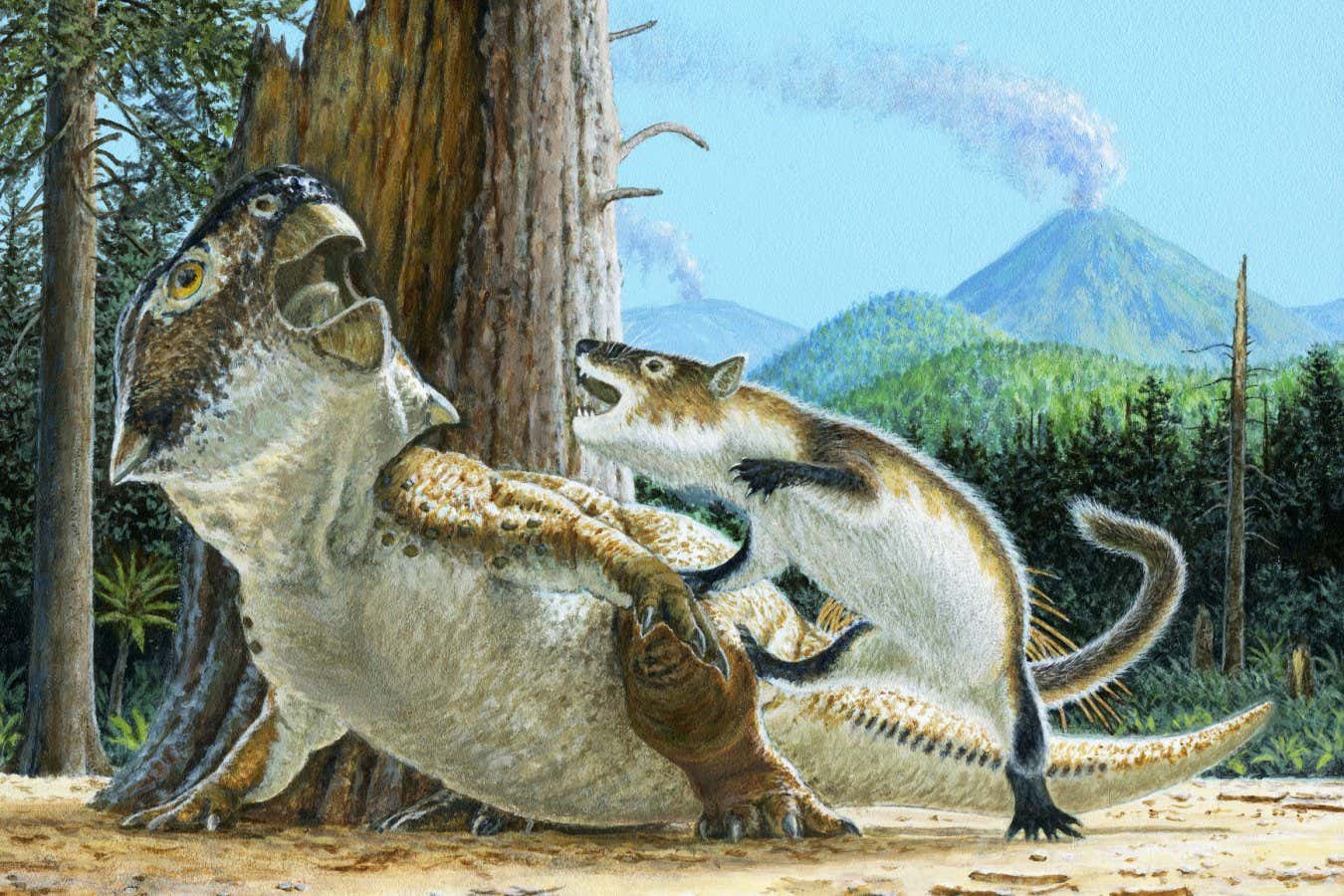DAILY MAIL
NASA‘s James Webb Space Telescope has detected what were believed to be fabled ‘dark stars’ that could solve one of the universe’s biggest mysteries.
A team of astronomers led by The University of Texas (UT) at Austin identified three potential ‘dark stars’ that formed about 320 million years after the Big Bang, making them the earliest stars ever seen by human eyes.
The image shows three fuzzy dots glowing in the blackness of space, but astronomers believe the tiny specs could lead to uncovering the elusive dark matter.
Dark stars could only exist if dark matter creates heat at the core, preventing the stars from collapsing and causing them to puff up, which the team found in JWST’s observations.
Although dark matter makes up about 85 percent of the universe, its nature has eluded scientists. The only evidence of its existence is the gravitational effect it seems to have on visible matter.
However, if the recent findings are confirmed, dark stars could reveal the nature of the nonluminous material.
Dark stars have been things of fables in the scientific community since it was first proposed by the UT team in 2007.
READ THE FULL STORY IN DAILY MAIL


